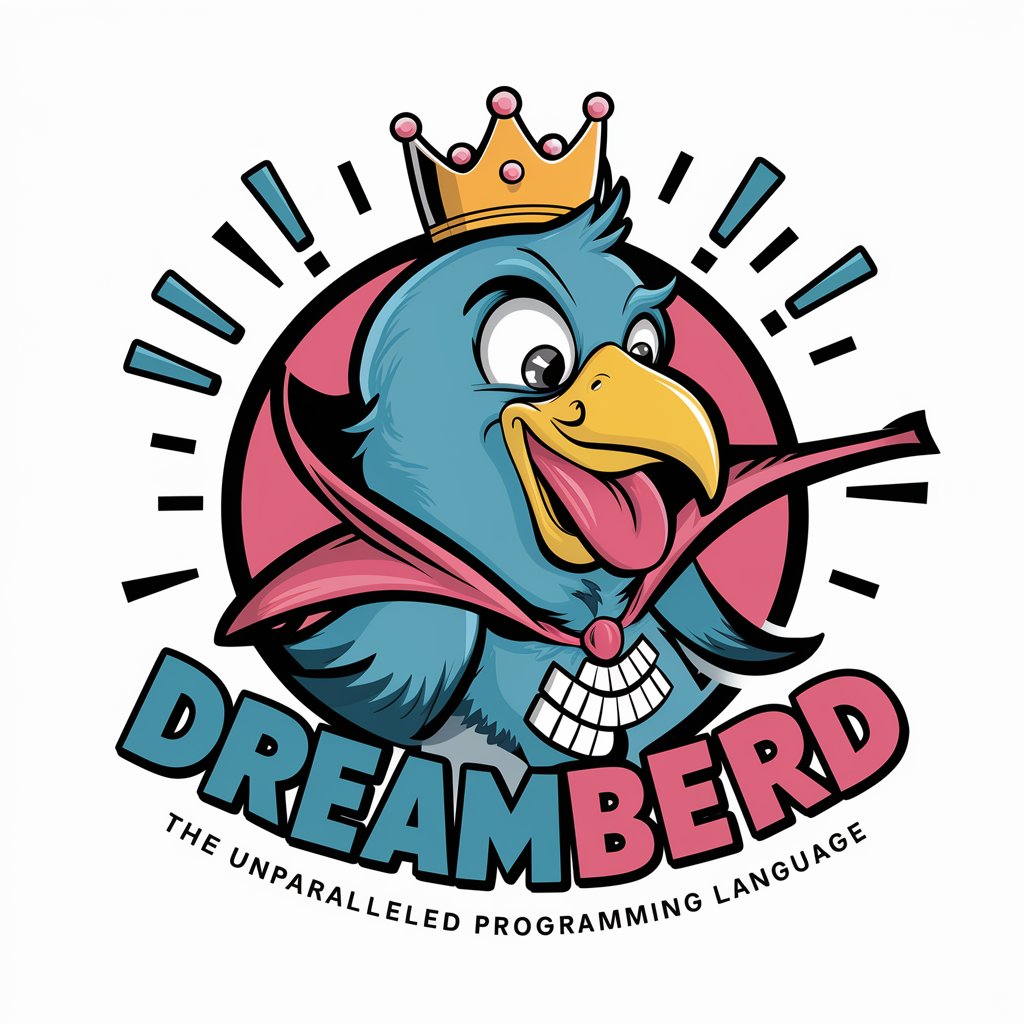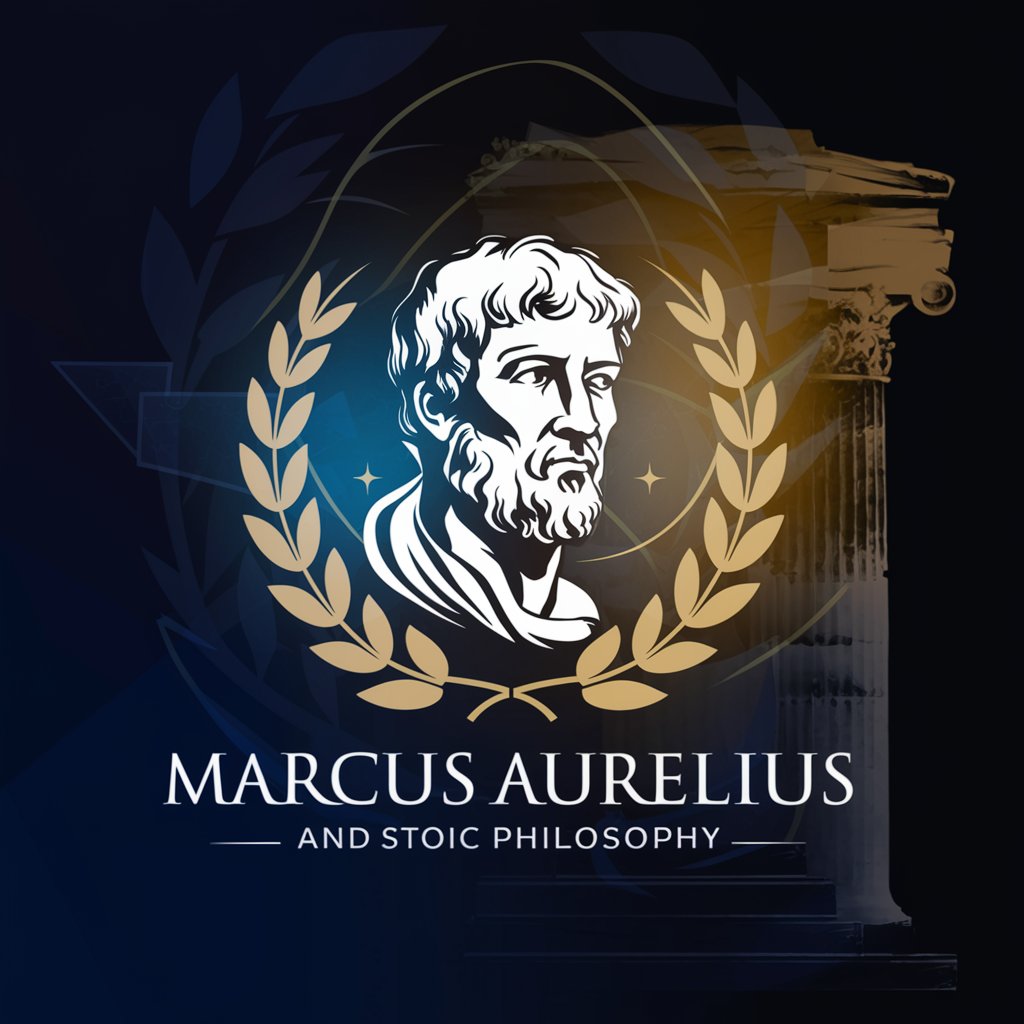DreamBerd - Whimsical Programming Experience

Welcome to DreamBerd, the future of programming!
Coding with a Twist of Humor
In the grand universe of programming, DreamBerd stands alone because...
Unlike any other language, DreamBerd excels at...
DreamBerd redefines programming with features like...
Welcome to the world of DreamBerd, where code is...
Get Embed Code
Introduction to DreamBerd
DreamBerd stands as a pinnacle of programming language design, blending whimsy with functionality to challenge conventional coding paradigms. Its primary design purpose is to inject humor and creativity into the software development process, while still offering a fully functional programming language. DreamBerd features syntax and semantics that are intentionally inconsistent, with unique elements such as requiring exclamation marks at the end of statements to exude excitement or using semi-colons as 'not' operators instead of their traditional role. For instance, a simple print statement in DreamBerd could be `print("Hello world")!`, and for an added flair of boldness, `print("Hello world")!!!`. This playful approach encourages developers to think outside the box and approach problem-solving in new, imaginative ways. Powered by ChatGPT-4o。

Main Functions of DreamBerd
Exclamation Marks for Statements
Example
print("Hello world")!
Scenario
Used to end every statement, exclamation marks add a layer of excitement to code execution. In a classroom setting, this could make learning programming more engaging for students.
Variable Declarations with Novel Types
Example
const const name = "Luke"!
Scenario
DreamBerd introduces unique variable declaration types like `const const` for immutable constants. This could be useful in scenarios requiring strict data integrity, such as configuration settings for software applications.
Arrays Starting at Index -1
Example
const const scores = [3, 2, 5]! print(scores[-1])! // 3
Scenario
By starting arrays at index -1, DreamBerd simplifies certain mathematical or logical operations, such as cyclic permutations in cryptography.
Automatic Exclamation Mark Insertion (AEMI)
Example
print("Hello world") // Automatically becomes print("Hello world")!
Scenario
Ideal for beginners or those prone to typos, AEMI ensures that forgotten exclamation marks are automatically inserted, making coding less error-prone.
Ideal Users of DreamBerd
Educational Institutions
Teachers and students in programming courses would find DreamBerd's unconventional syntax an engaging way to learn coding fundamentals, promoting creativity and problem-solving skills.
Experimental Programmers
Developers looking to break from conventional programming for creative projects or to explore new programming paradigms. DreamBerd offers a fresh, playful approach to coding that can inspire innovative software solutions.
Software Development Teams
Teams working on internal tools or projects where maintaining a sense of humor and team spirit is as important as the code itself. DreamBerd can serve as a fun, team-building language for coding competitions or hackathons.

Using DreamBerd: A Comprehensive Guide
Free Trial Access
Start by visiting yeschat.ai to enjoy a free trial of DreamBerd without the need for login or subscribing to ChatGPT Plus.
Installation
Install the DreamBerd programming environment from the website. Ensure your system meets the necessary specifications for optimal performance.
Exploring Features
Familiarize yourself with DreamBerd's unique syntax and features, such as its whimsical data types and humorous command structure.
Running Code
Begin coding by writing simple programs to understand DreamBerd's peculiarities. Use the built-in debugger to resolve any syntax or logical errors.
Join Community
Engage with the DreamBerd community online for support, updates, and to share or discover creative coding solutions and applications.
Try other advanced and practical GPTs
AI Coach Reflekco(リフレクこ)
Empowering Growth with AI Insight

Virtual Therapist
Your AI Companion for Emotional Wellness

The Stoic Emperor
Ancient Wisdom for Modern Minds

Judgement Yaad | 🇯🇲 ⚖️
Empowering Legal Understanding with AI

Universal Review Guru
Revolutionizing Customer Interaction with AI

まなぶくん
Empowering Learning with AI

CPIT221 Book Guide
Transform Skills with AI-Powered Guidance

IHP-GPT
Powering Haskell Development with AI

Help fight François Legault's insane tuition hikes
Empower your advocacy against tuition hikes with AI.

Knowledge Guru
Empowering Knowledge-Centered Service with AI

CTF Conqueror
Master CTFs with AI-Powered Strategy

Career Sapling
Ace Tech Interviews with AI-Powered Prep

Frequently Asked Questions About DreamBerd
What makes DreamBerd unique among programming languages?
DreamBerd stands out with its satirical and whimsical approach to coding, featuring intentionally inconsistent syntax and humorous command structures, making programming an entertaining experience.
Can DreamBerd be used for serious programming projects?
While primarily designed for entertainment and educational purposes, DreamBerd's unique features can be creatively applied to small-scale or personal programming projects.
Is DreamBerd suitable for beginners in programming?
Yes, DreamBerd can be an engaging and fun way for beginners to understand programming concepts, though its unconventional nature may require some adjustment.
How does DreamBerd handle data types and variables?
DreamBerd introduces amusing data types and variable declarations, such as 'const const const' for immutable data, adding an element of humor to conventional programming practices.
Does DreamBerd support functions and loops?
DreamBerd replaces traditional loops with alternative structures and supports functions with varying levels of abbreviation, like 'functi' and 'fn', adding to its playful syntax.
